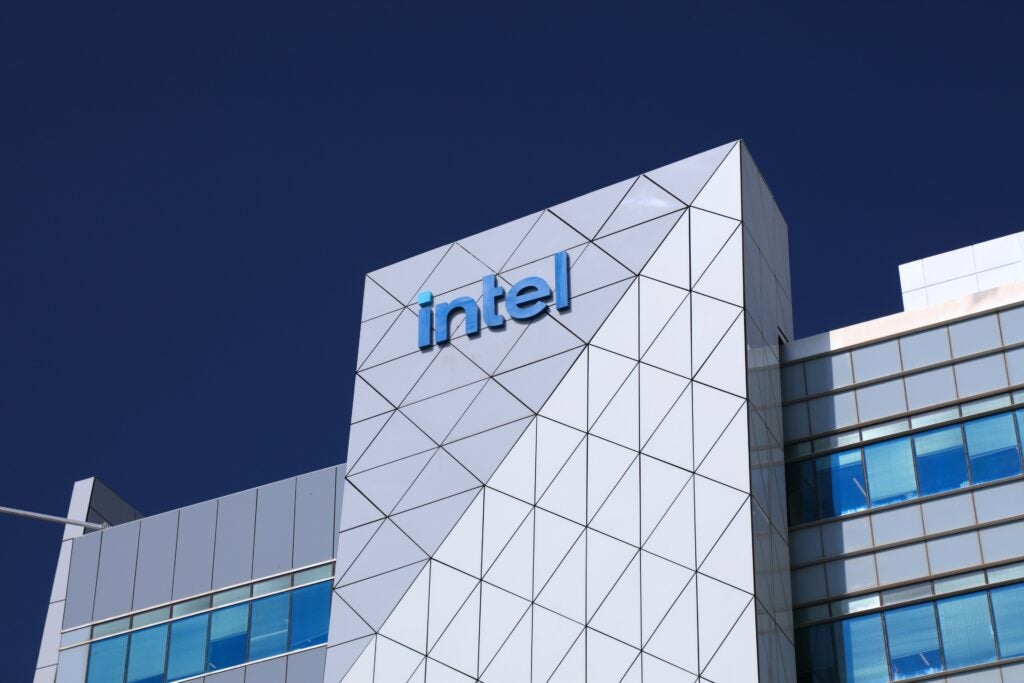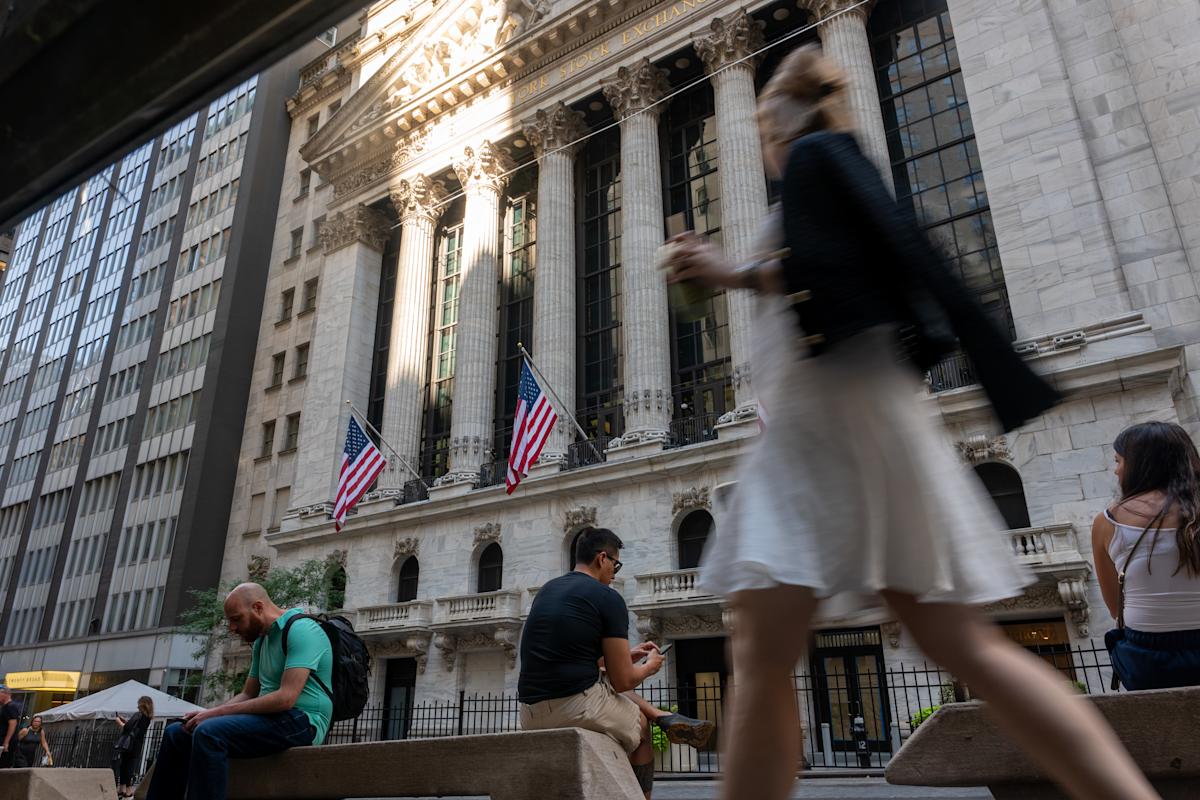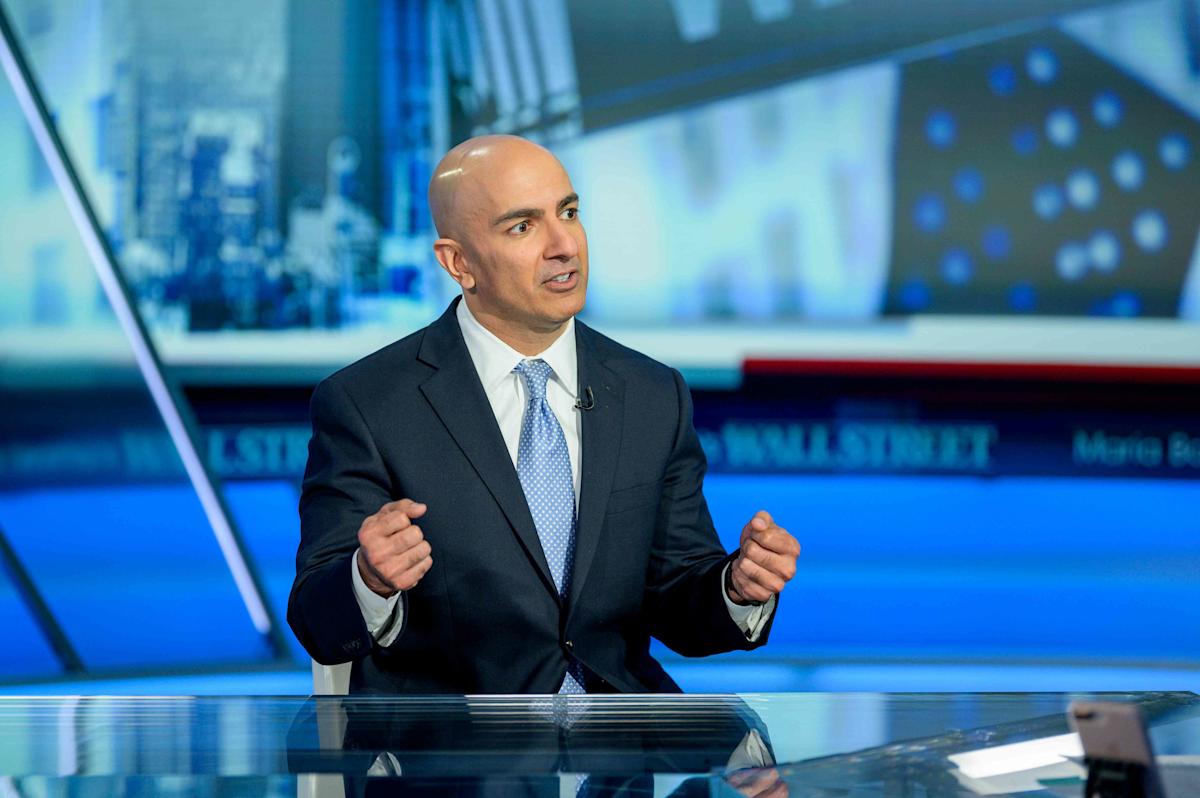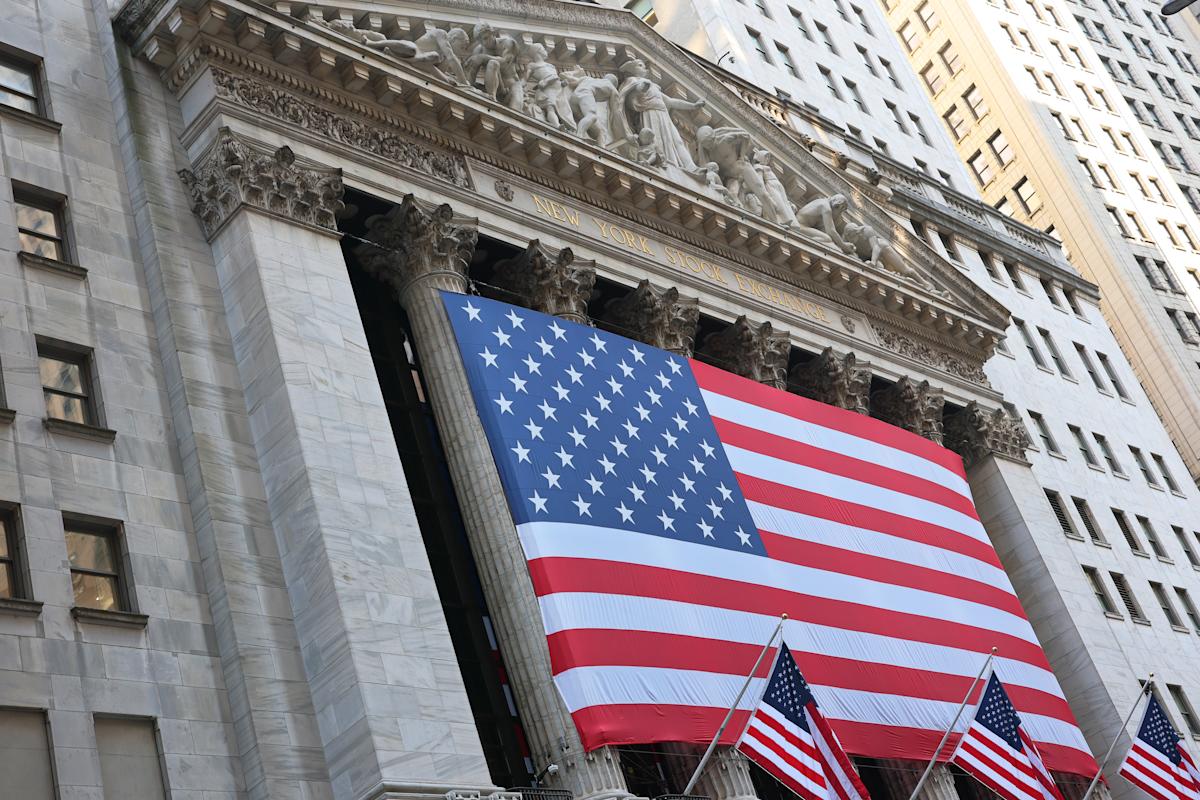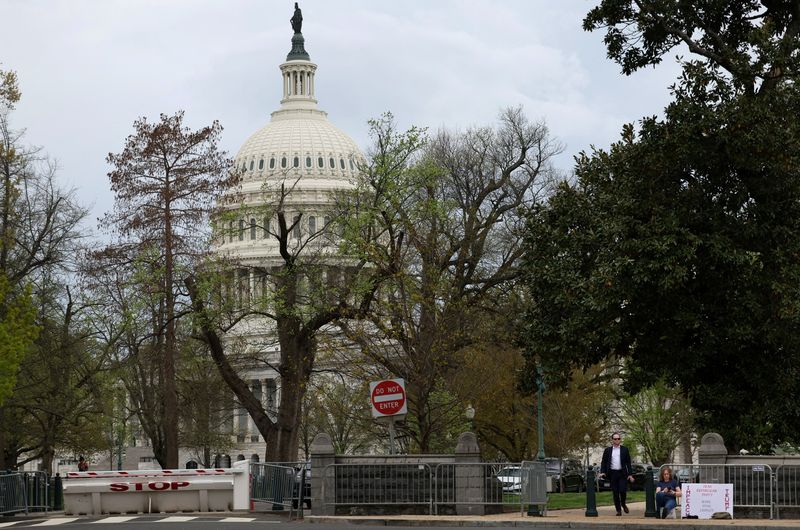US-China Tariff Truce Boosts Global Markets

US-China Tariff Agreement Details
The United States and China have agreed to a 90-day pause on reciprocal tariffs, marking a significant step toward easing trade tensions between the two largest economies in the world. As part of the agreement, the U.S. will reduce its tariff rate on Chinese imports from 145% to 30%, while China has committed to lowering its retaliatory tariffs on U.S. goods from 125% to 10%. This agreement follows high-level negotiations in Geneva over the weekend and is viewed as a temporary reprieve that allows both nations to work toward a more permanent resolution. Officials have stated that this reduction in tariff levels will take effect immediately and is aimed at fostering a more cooperative environment for further trade discussions.
Treasury Secretary Scott Bessent emphasized that the agreement also includes a framework for continued talks on broader economic and trade policies. However, analysts remain cautious, noting that the 90-day timeframe leaves little room for error and signals that the underlying trade issues remain unresolved.
Market Reactions and Economic Impact
Global financial markets responded positively to the tariff agreement. U.S. stock futures surged, with the Dow Jones Industrial Average rising over 900 points (2.2%), the Nasdaq Composite gaining 3.6%, and the S&P 500 climbing 2.8%. European indices also rallied, with the Stoxx Europe 600 index advancing 1%, while Asia-Pacific markets, including Hong Kong’s Hang Seng, closed significantly higher.
In the bond market, U.S. Treasury yields increased, with the 10-year yield climbing to 4.45%. This shift reflects reduced demand for safe-haven assets, as investors pivoted toward riskier securities. Gold prices fell sharply, dropping 2.7% to $3,233.54 per ounce, while the U.S. dollar strengthened against major currencies such as the euro and yen. Commodities like crude oil and copper also saw gains, with Brent crude trading 2.4% higher at $65 per barrel.
The market rally underscores optimism about the potential economic benefits of reduced tariffs, which are expected to alleviate pressure on global supply chains and consumer prices. However, concerns remain about the temporary nature of the agreement and the risk of renewed volatility if negotiations fail to yield a lasting solution.
Investor Sentiment and Economic Outlook
Investor sentiment has turned cautiously optimistic in the wake of the tariff reductions, with many viewing the agreement as a step in the right direction for global trade relations. The rollback of tariffs is expected to provide short-term relief to businesses and consumers, mitigating inflationary pressures and boosting economic activity. Analysts forecast that key sectors such as technology, manufacturing, and retail may benefit from improved trade conditions.
Despite the positive market reaction, skepticism persists regarding the long-term implications of the truce. The 90-day timeframe is seen as a negotiation tactic rather than a permanent resolution, creating uncertainty about the stability of future trade policies. Economists have also warned that the underlying geopolitical tensions between the U.S. and China could resurface, potentially undermining progress.
Additionally, upcoming economic data, including the U.S. Consumer Price Index (CPI) and Producer Price Index (PPI), will provide further insights into inflation trends and the broader economic impact of tariff changes. The Federal Reserve’s cautious stance on interest rate adjustments reflects its focus on evaluating these developments before making policy decisions. While the tariff agreement has provided a temporary boost to market confidence, the road to a comprehensive trade deal remains uncertain, keeping investors on edge.
 Sources
Sources- Dollar Surges, Treasuries Fall US-China Trade Tensions Ease
 yahoo
yahoo - US, China strike trade deal ahead key inflation data
 yahoo
yahoo - Stock Futures Rise US, China Agree 90-Day Tariff Pause: 'Wider Earnings Growth Drive Balanced Market
 benzinga
benzinga - Stock market today: Dow, S&P 500, Nasdaq futures surge US-China deal slash tariffs
 yahoo
yahoo
Top News
Related Articles
- Dollar Surges, Treasuries Fall US-China Trade Tensions Ease
 yahoo
yahoo - US, China strike trade deal ahead key inflation data
 yahoo
yahoo - Stock Futures Rise US, China Agree 90-Day Tariff Pause: 'Wider Earnings Growth Drive Balanced Market
 benzinga
benzinga - Stock market today: Dow, S&P 500, Nasdaq futures surge US-China deal slash tariffs
 yahoo
yahoo
People Also Watch










